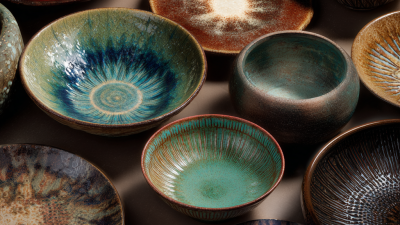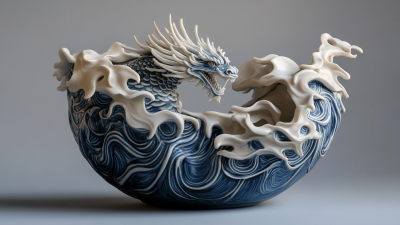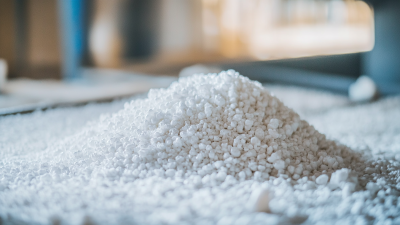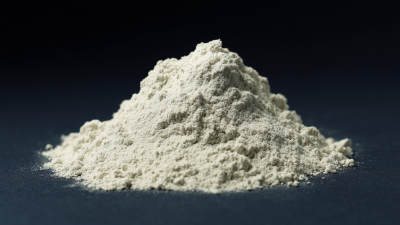In the realm of dining and table setting, the choice of tableware plays a crucial role in enhancing both aesthetic appeal and functionality. According to a recent report by the National Kitchen & Tableware Association, over 70% of consumers believe that the design and material of their plates significantly influence their overall dining experience. Among various materials, "Plates Ceramic" stand out as a preferred option due to their durability and versatility. Not only do ceramic plates offer a wide array of styles, colors, and patterns, but they also provide excellent heat retention and are less prone to chipping compared to glassware. As the global market for tableware continues to evolve, with projected growth reaching $47 billion by 2025, selecting the ideal ceramic plates becomes increasingly important for creating memorable dining occasions. This article will explore five essential tips to guide you in choosing the perfect ceramic plates that elevate your table setting.
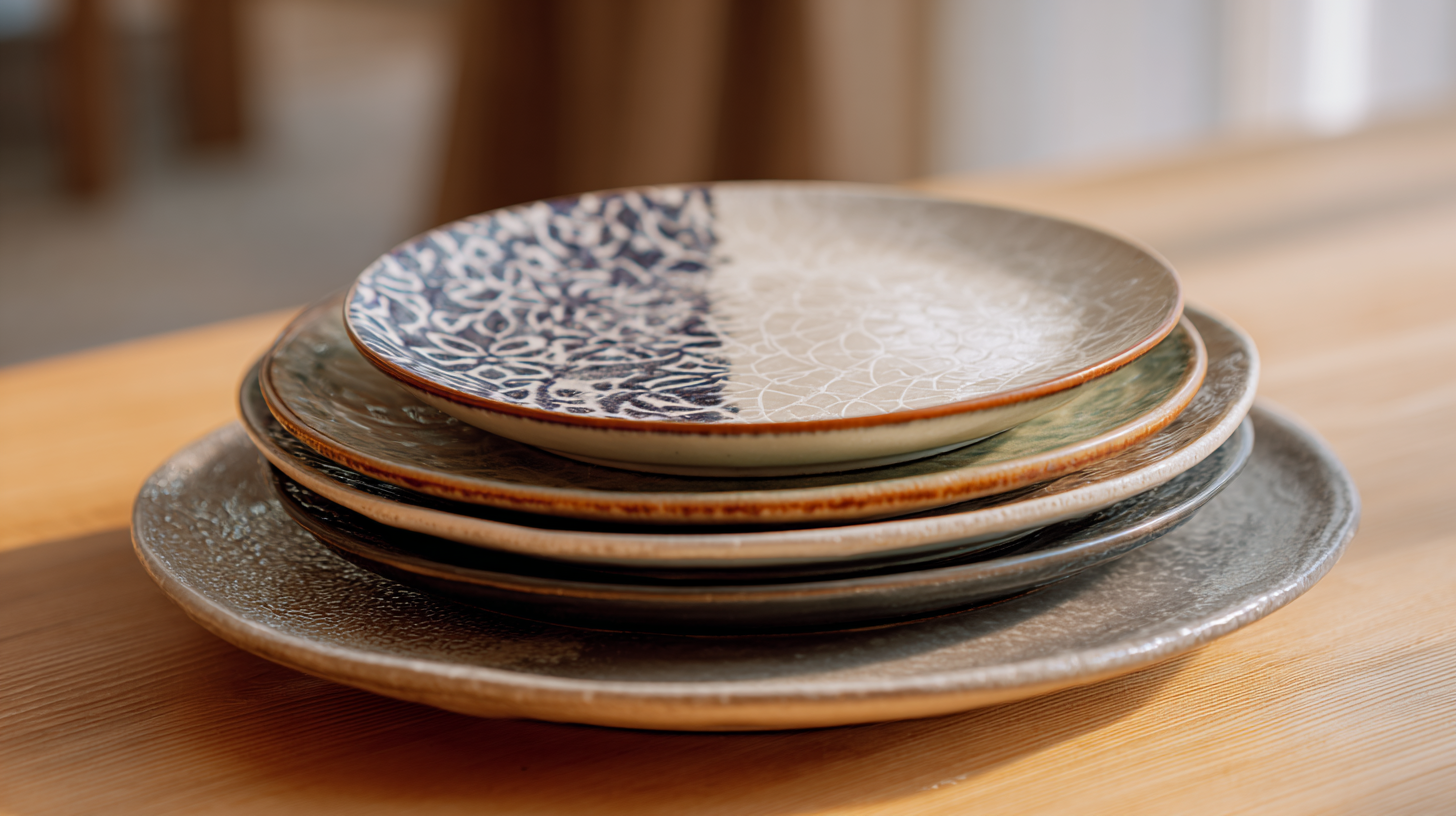
When it comes to selecting ceramic plates for a table setting, it’s crucial to understand the variety of types available and their specific uses. According to a recent report by The Ceramic Industry, dinnerware made from stoneware is one of the most popular choices due to its durability and resistance to chipping. Stoneware contains a finer clay composition that is fired at higher temperatures, giving it a non-porous finish ideal for both everyday and special occasion use. This type of plate not only holds heat well, making it perfect for serving hot meals, but also comes in myriad designs, adding aesthetic appeal to any table setting.
Porcelain, on the other hand, is another form of ceramic plate that stands out due to its refined finish and translucency. The National Kitchen & Bath Association highlights that porcelain is often chosen for formal dining settings because of its elegant appearance and its ability to withstand higher temperatures without dulling colors. Additionally, porcelain plates are usually dishwasher and microwave safe, making them a practical choice for both functionality and style. Understanding the nuances and benefits of each type of ceramic plate can significantly enhance the dining experience and elevate any table decor.
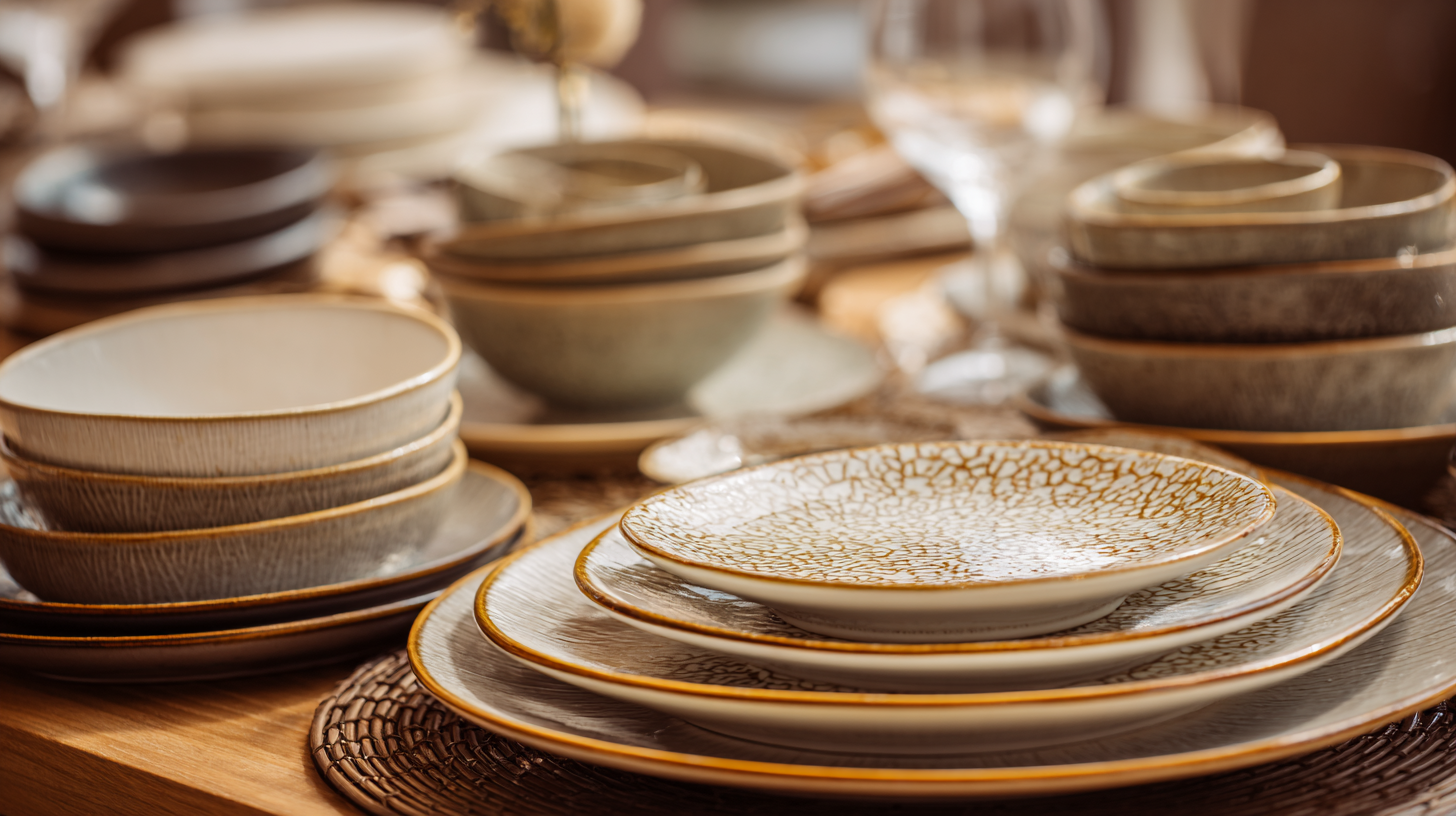
When selecting ceramic plates for your dining experience, evaluating size and shape options is crucial as it significantly influences both functionality and aesthetics.
Start by considering the typical portion sizes of your meals. Larger plates are ideal for serving main dishes, while smaller plates can create an elegant presentation for appetizers or desserts.
Additionally, the depth of the plates matters; deep bowls can be perfect for soups and salads, whereas shallower plates are suited for dry foods.
Shape also plays a vital role in the overall table setting. Traditional round plates are versatile and complement almost any diningware; however, square or rectangular plates can add a contemporary twist to your table decor.
Think about how the shape of your plates can impact the arrangement and flow of the food on the table.
Mixing shapes can create visual interest, but it's essential to maintain a cohesive style to avoid a cluttered look.
Ultimately, the right size and shape of ceramic plates will enhance your dining experience and reflect your personal taste.
When selecting ceramic plates for your table setting, the right color and patterns can significantly enhance the overall décor. Consider the existing color palette of your dining area; warm tones like terracotta and deep reds can create a cozy atmosphere, while cooler shades like blues and greens offer a serene vibe. Choosing plates that resonate with your wall colors or furniture can bring a cohesive look to your table, making each meal feel more intentional and inviting.
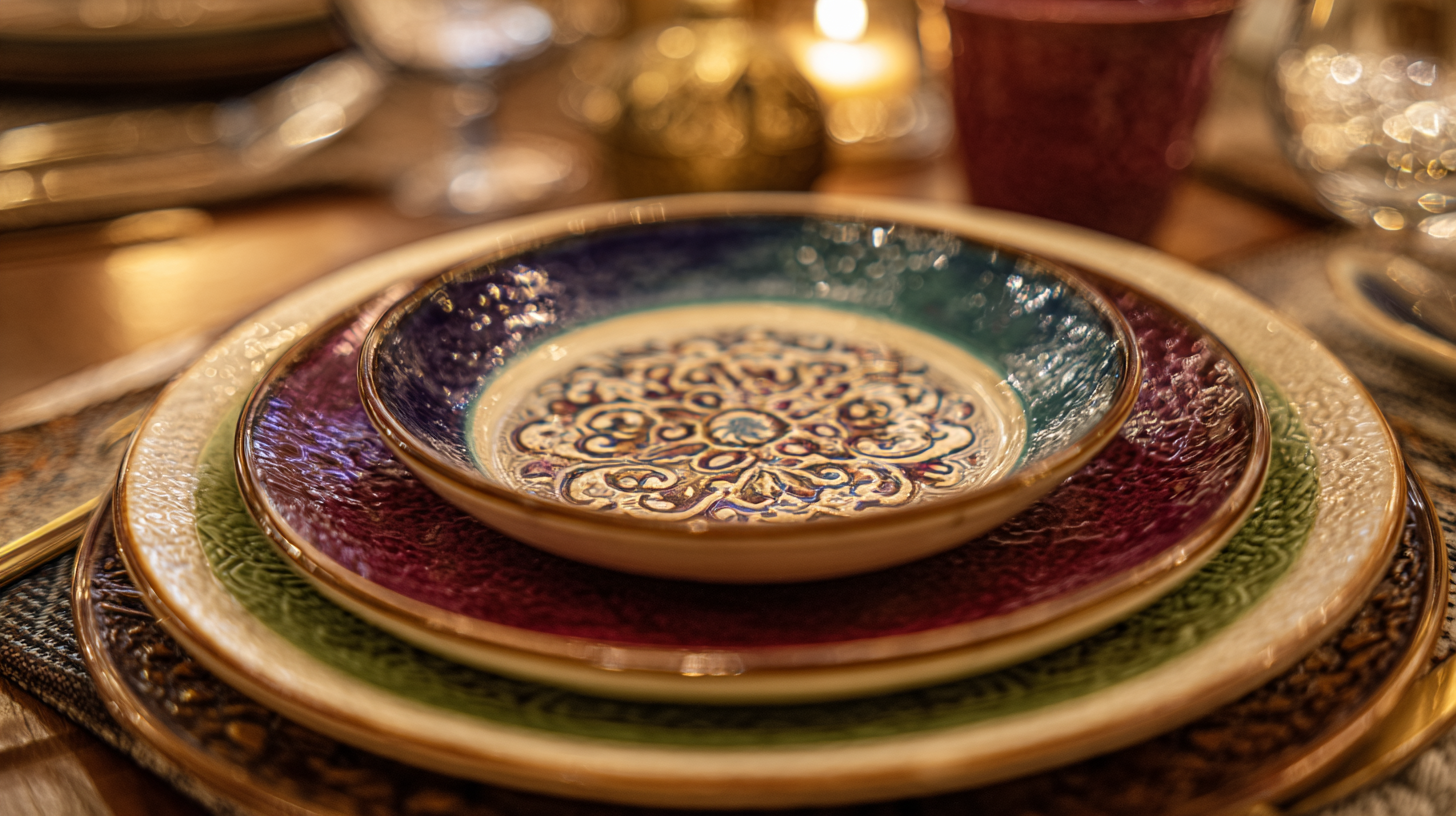
In addition to color, the pattern on your ceramic plates plays a crucial role in complementing your decor. Bold, intricate patterns can serve as a statement piece, particularly in minimalist settings, drawing the eye and sparking conversation. Conversely, subtle patterns or solid colors can add elegance without overwhelming the room. Mixing and matching different designs can also create an eclectic look, provided they share a common theme or color scheme, ensuring a harmonious balance that reflects your personal style.
When selecting ceramic plates for everyday use, durability and care requirements are crucial factors to consider. According to a report by the International Ceramic Association, ceramic dishware can be up to 30% more durable than other materials like plastic or glass, making it a preferred choice for families. However, not all ceramics are created equal; look for stoneware or porcelain that can withstand frequent use and resist chipping.
Tip 1: When shopping, check for labels indicating the plate's thermal resistance, as high-quality ceramics can endure temperature changes without cracking. This feature is essential for those who frequently move plates from the microwave to the table.
Tip 2: Consider the care requirements for your ceramic plates. While many ceramic dishes are dishwasher-safe, some might require hand washing to maintain their luster. Research shows that maintaining the finish of ceramic plates increases their lifespan by up to 50%. Therefore, investing time in proper care can avoid premature replacements and enhance your table setting's overall aesthetic appeal.
When selecting ceramic plates for your table setting, achieving a balance between aesthetics and functionality is paramount. A beautiful table setting enhances the dining experience, drawing guests in with its charm, while the practicality of the plates ensures everyday usability. Opt for plates that not only showcase appealing designs and colors but also offer durability and ease of cleaning. For instance, plates that are dishwasher and microwave safe combine decorative appeal with the convenience necessary for modern dining.
Consider how the ceramic plates complement your existing décor. The right choice can elevate a casual meal into something memorable. Mixing different patterns and colors can create a playful dining atmosphere, much like the principles seen in maximalist decor ideas, where more is often more. However, ensure that the overall look remains cohesive and harmonious. Balancing a range of textures and hues while maintaining functionality will ensure your table setting is both stunning and practical, catering to both formal occasions and everyday meals.
